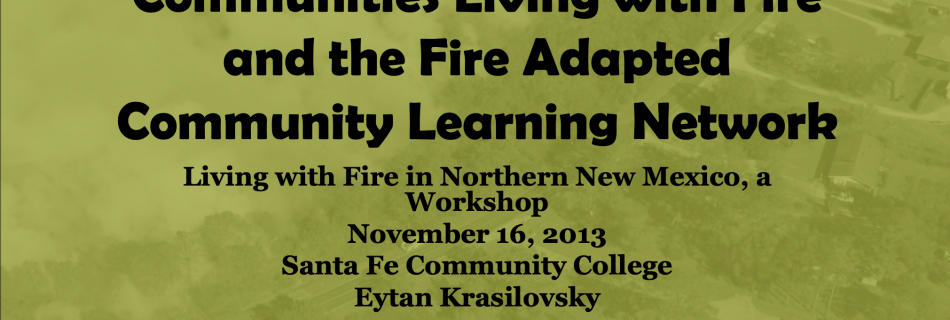January 16, 2013: Temperature as a driver of regional forest drought stress and tree mortality
Presenter: Park Williams, Los Alamos National Laboratory Dr. Williams will discuss his recent work to derive a forest drought-stress index (FDSI) for the southwestern United States using a comprehensive tree-ring data set representing AD 1000–2007. This FDSI is linked to measures of forest productivity, mortality, bark-beetle outbreak and wildfire. If climate models are accurate, the …



